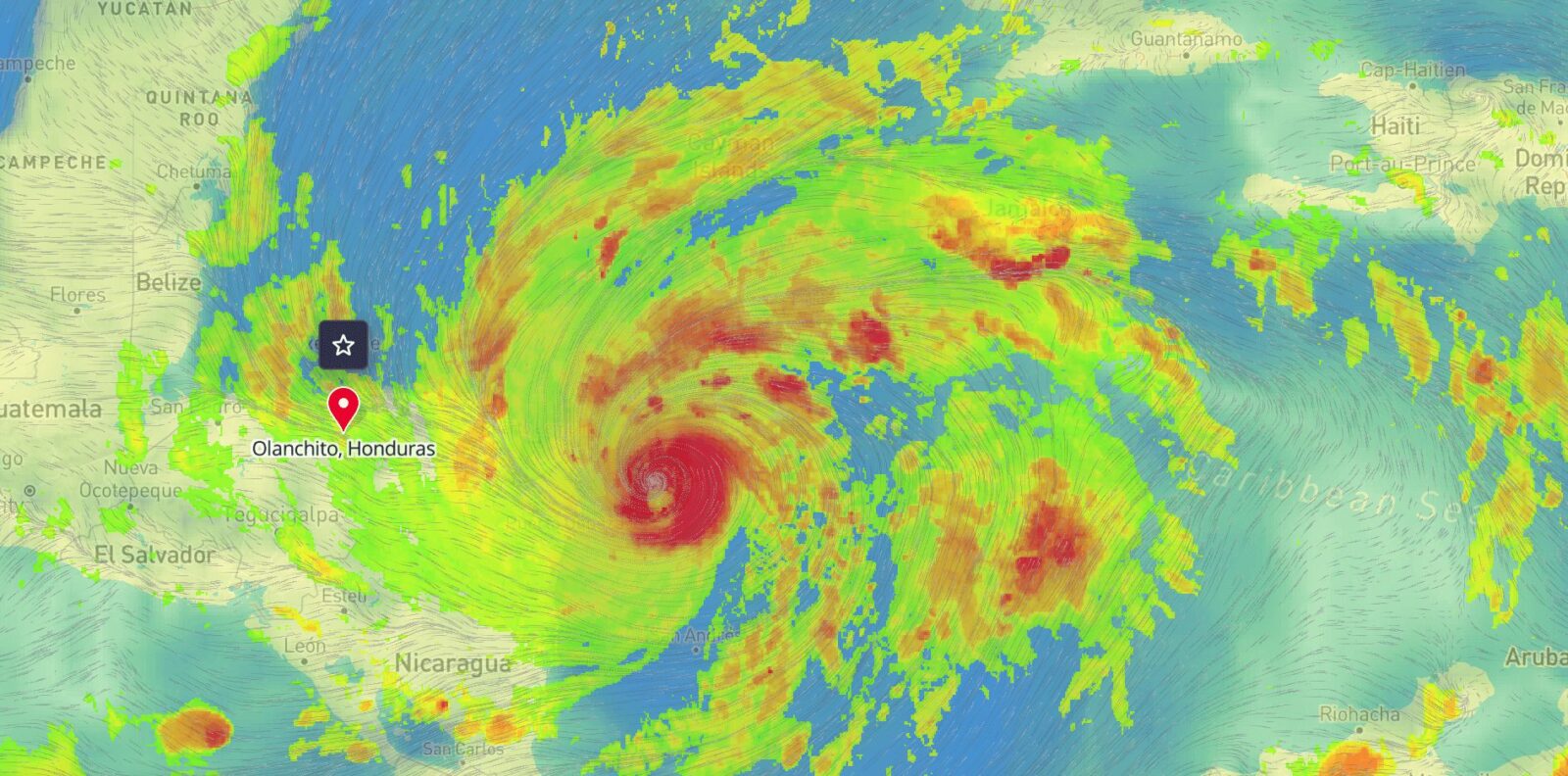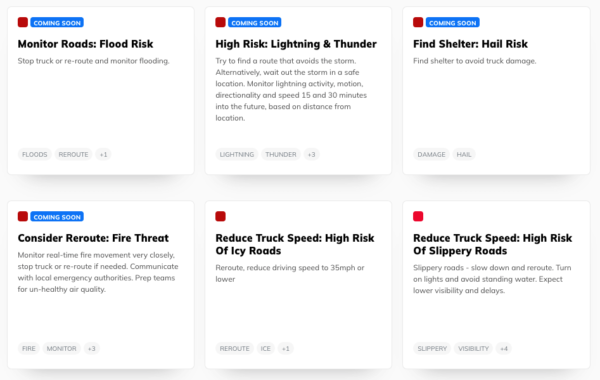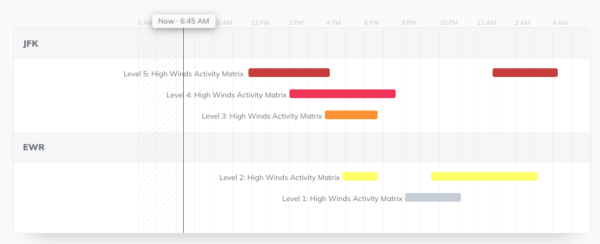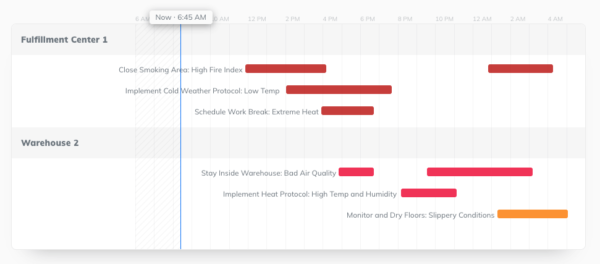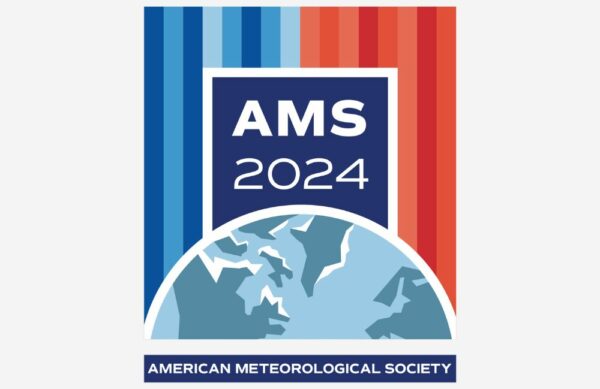Over the past 50 years in the US, extreme weather events killed 115 people and cost $202 million on average per day, according to a recent report from the World Meteorological Association.
While climate disasters are on the rise, deaths in recent years have dropped thanks to advances in early warning weather technology. However, the economic costs of extreme weather have risen, with 22 separate billion-dollar weather and climate disasters across the US in 2020 alone.
While it’s encouraging to see deaths from weather dropping, we have to make changes to decrease the economic losses as well.
For business leaders, the importance of sustainability has come into clearer focus. More and more businesses are investing in ESG, or Environmental, Social, and Governance, which is a more formal version of sustainable business practices.
While this isn’t news, it’s a timely reminder of the importance of acting now, and the difference that businesses can make if they commit to changing the way they operate.
Whether you’re starting on your road to being more green, or you’re looking for ways to improve operations while reducing costs, learn how weather intelligence can help you more easily implement sustainability across your business.
Renewables
Renewable energy plays a key role in reducing greenhouse gas emissions by replacing fossil-fuel-based energy sources. This is key in the drive for sustainability as the burning of coal, natural gas, and oil for electricity and heat is the largest single source of global greenhouse gas emissions. Yet these energy sources are susceptible to fluctuating weather patterns. More – and more severe – extreme weather events and a progressive increase in temperature have implications for the reliability and performance of the energy system.
Both extreme weather events and everyday weather conditions can have a huge impact on energy production and the bottom line. Whether it’s damage to expensive equipment or lost energy production from a storm, the weather can be very expensive.
The Solution
By better understanding the future with weather intelligence software that uses historical, long-range, and 24/7 minute-by-minute forecasts, you can ensure a reliable supply of energy and stabilize prices. You’ll be able to protect valuable assets such as panels and turbines from weather-related risks, better adjust to weather-driven supply and demand, improve hydro, solar, and wind output, and plan for dips or spikes in production.
Trucking and Road Logistics
Weather is responsible for almost 25% of all truck delays and costs the trucking industry up to $3.5 billion a year. Sustainability is not an optional extra for trucking companies: it’s crucial in ensuring smooth business operations.
There are various ways that trucking companies can implement sustainable practices, including adopting driving practices that maximize fuel efficiency and reduce emissions. This involves maintaining a consistent speed, minimizing idle time, and choosing optimal routes.
Electric and autonomous vehicles can also boost sustainability in the industry, but getting to the charging points in time is an issue, especially given the adverse impact of the weather. It can be difficult to plan optimal routes to save fuel and reduce costs when you have to contend with constantly changing conditions.
The Solution
Using a weather API, you can incorporate weather data into your route planning to help navigate through and around treacherous roads and monitor how trucks and other vehicles react to certain conditions. For example, brakes on newer trucks might be more sensitive to slippery conditions, which means drivers need to reduce speed more.
Road risk can also provide more information about a truck’s surroundings, as well as the likelihood of accidents and severe traffic delays, which can help ensure the route you schedule is safe and efficient. You can inform drivers of hazardous conditions far enough in advance to make schedule changes accordingly.
Aviation
The International Air Transport Association (IATA) has committed to cut CO2 emissions in half by 2050. IATA expects to achieve this lofty target through innovative technologies, sustainable aviation fuel, and improved operations and infrastructure.
To be able to improve operations and plan more efficient routes which save fuel and reduce CO2 emissions, airlines need access to advanced weather data. Standard weather data only provides pilots with wind information every nine minutes. Airlines also need access to real-time weather information on the ground, so they can reduce idling on runways (both from the plane and de-icer trucks) before takeoff and ensure planes can land with minimal delay.
The Solution
Weather intelligence dashboards provide the necessary insight to ensure runways are free from ice and snow so that aircraft are cleared for take-off and landing. Having access to real-time weather data and hyper-local forecasts also allow airlines to prepare their operational strategy in advance so they can apply the right procedures when wind speeds and gusts reach a certain intensity.
Warehouses and Buildings
The transportation sector –– including trucking and aviation –– is often the main focus when it comes to building a more sustainable supply chain. However, as buildings account for almost 40% of global energy-related CO2, companies in this sector can play a major part in reducing emissions.
Heating, ventilation, and air conditioning (HVAC) systems are a major source of energy and lead to a lot of waste. HVAC systems are also currently responsible for 30% of warehouse energy costs.
Being aware of real-time weather conditions and getting insight into how they affect your operations can help reduce emissions while also allowing you to harness the impact of this weather. For example, you can use solar panels to take advantage of sunny conditions or employ stormwater drainage systems to divert water from rainfall.
The Solution
A weather intelligence dashboard can help you monitor conditions so that you can optimize operations and production. This includes:
- Staffing shifts during ideal weather to reduce mid-shift cancellations and a drop off in productivity
- Monitoring storage conditions and ensuring no lapse in temperature to reduce waste
- Reducing project delays with better operational planning
The Importance of Weather Intelligence for All Industries
No matter what industry you work in, weather intelligence can help you make the most of conditions outside to improve sustainability rather than being at the mercy of the weather. Using a combination of historical, real-time, and hyper-local weather data, and powered with the insights that enable you to understand the impact on your business, you can use the weather to your advantage in moving towards your green goals.
